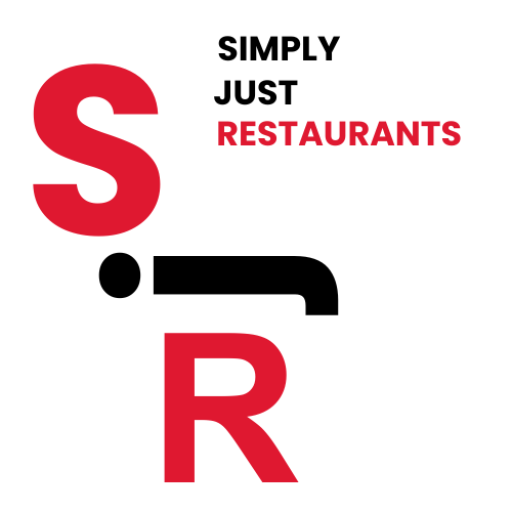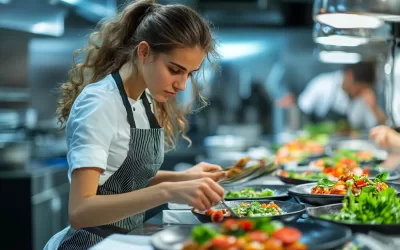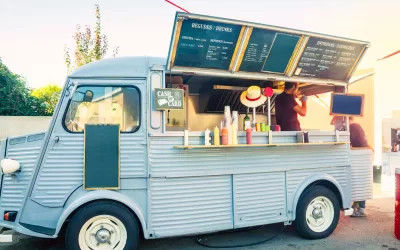Introduction
A restaurant design plan is a comprehensive roadmap that dictates how the interior and exterior of a restaurant will look, feel, and function. It incorporates a balance between aesthetics, efficiency, customer experience, and regulatory compliance. A well-designed restaurant not only enhances the dining experience but also maximizes operational efficiency, which is crucial for the success of any food and beverage establishment. This guide will walk through the critical components of a restaurant design plan and why they matter.
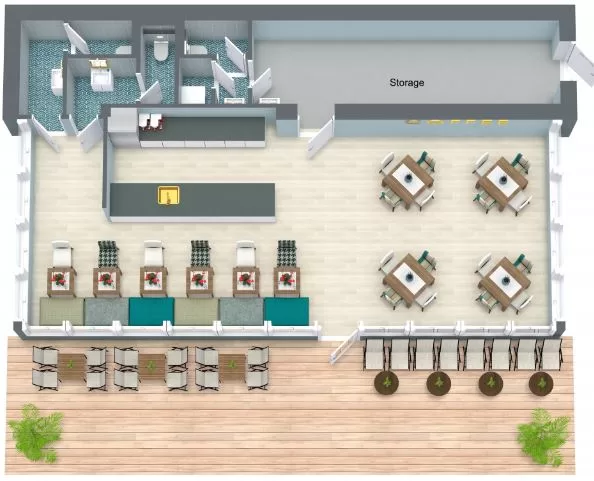
Importance of a Restaurant Design Plan
Creating a restaurant design plan is an essential step that involves careful consideration of many elements. These elements are key for providing a seamless experience for customers while ensuring the back-of-house operations run smoothly. The primary goals of a restaurant design plan include:
- Enhancing the Customer Experience: The design of a restaurant contributes significantly to how customers perceive their dining experience. A well-designed space can create a welcoming and comfortable environment that encourages customers to return. The ambiance, lighting, seating arrangements, and even the noise levels all play a role in how diners feel during their visit.
- Operational Efficiency: In addition to aesthetics, the layout of a restaurant needs to support the operations. Kitchen and front-of-house design should enable staff to work efficiently, minimizing the time taken to deliver food and serve customers. A good design plan optimizes workflow, reduces bottlenecks, and maximizes the utility of available space.
- Brand Identity: The restaurant design should reflect the concept and branding of the restaurant. Whether it’s a cozy café, a fine-dining restaurant, or a casual eatery, the design elements—from color schemes and materials to lighting and furniture—should align with the brand’s identity and target demographic.
- Regulatory Compliance: Restaurants must adhere to various local building codes, health, and safety regulations. A design plan ensures that the space complies with these standards, including accessibility requirements (such as ADA compliance), fire safety, and hygiene protocols.

Key Components of a Restaurant Design Plan
-
A restaurant design plan incorporates various elements, each of which plays a role in the overall success of the business. These include space planning, seating arrangements, kitchen layout, lighting, acoustics, color schemes, and more.
1. Concept and Theme
The first step in creating a restaurant design plan is to define the concept and theme. The design should complement the type of food being served, the target audience, and the overall ambiance the restaurateur wants to create.
- Casual Dining: A casual dining restaurant may use informal design elements such as open seating, neutral tones, and simple furniture to create a relaxed environment.
- Fine Dining: Fine dining restaurants often require a more elegant and sophisticated design. This could involve luxurious materials, subdued lighting, and high-end finishes to create an upscale atmosphere.
- Themed Restaurants: For themed restaurants, the design should align closely with the theme. For example, a coastal seafood restaurant may use nautical decor and colors like blue and white to reinforce the theme.
2. Space Planning and Layout
The layout of a restaurant is arguably the most critical aspect of the design plan. Effective space planning ensures that the restaurant can accommodate as many guests as possible while maintaining a comfortable dining experience. It also ensures smooth operational flow for the staff.
- Front-of-House Layout: This includes the dining area, bar, waiting area, and restrooms. The dining area should be designed to accommodate different seating arrangements, such as tables for two, four, or larger parties. The waiting area should be comfortable and inviting, while the bar area should be positioned for easy access.
- Back-of-House Layout: This includes the kitchen, prep area, storage, and staff areas. The kitchen layout is critical to the restaurant’s operational efficiency. An ideal kitchen layout should reduce the distance that staff needs to travel to prep, cook, and serve food. Popular kitchen layouts include the galley kitchen, where stations are arranged in a line, and the island kitchen, which places key prep areas in the center of the kitchen.
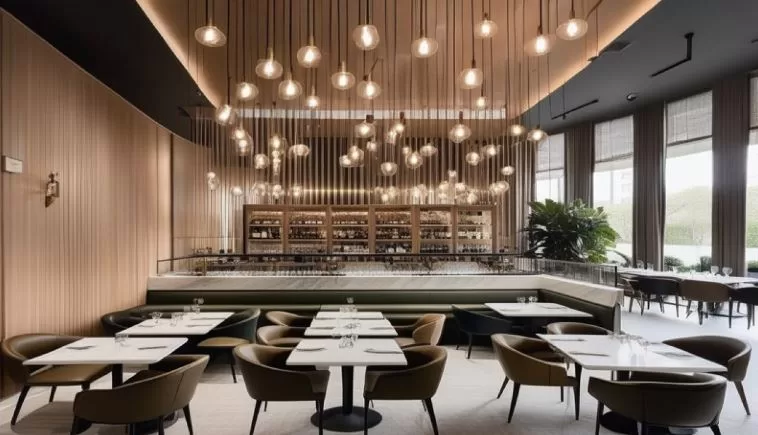
-
4. Lighting Design
Lighting plays a significant role in setting the mood and ambiance of the restaurant. It can also impact how the food looks and how diners feel in the space.
- Ambient Lighting: This is the primary light source that sets the overall mood. For example, low, warm lighting creates a cozy, intimate atmosphere ideal for fine dining, while brighter lighting is more suitable for casual or fast-casual dining environments.
- Task Lighting: This type of lighting is used in functional areas like the kitchen, bar, or hostess stand. It ensures that staff can perform tasks effectively and safely.
- Accent Lighting: Accent lighting is used to highlight specific design features such as artwork, architectural details, or even certain menu items. It adds depth and visual interest to the space.
5. Acoustics
Good acoustics are essential in creating a comfortable dining environment. Poor acoustics can result in a noisy and unpleasant experience, whereas overly quiet spaces can feel awkward. Managing sound levels is important for both customer comfort and staff communication.
- Sound Absorption Materials: Materials like acoustic panels, soft fabrics, rugs, and curtains can help absorb sound, reducing echoes and minimizing noise levels in the dining area.
- Background Music: Background music enhances the dining experience, but it must be at an appropriate volume. The type of music should match the restaurant’s theme and concept. For example, a jazz playlist might suit a fine dining venue, while upbeat, modern music might work better for a casual bistro.
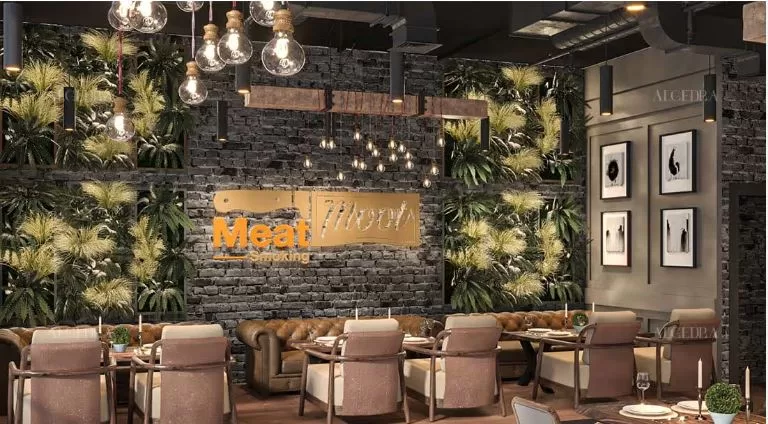
-
6. Material Selection and Finishes
The materials used in the restaurant design need to balance aesthetics, durability, and functionality. The choice of materials should reflect the restaurant’s concept and also be easy to clean and maintain.
- Flooring: High-traffic areas like dining rooms, bars, and kitchens require durable and easy-to-clean flooring. Popular options include ceramic tiles, hardwood, polished concrete, and vinyl.
- Wall Finishes: The walls can be decorated with different finishes like tiles, wood paneling, or painted surfaces that complement the restaurant’s theme.
- Furniture and Upholstery: Chairs, tables, and booths should be durable and comfortable. Upholstered furniture should be made from materials that are both aesthetically pleasing and resistant to wear and tear.
7. Color Scheme and Décor
The color scheme and décor are vital in defining the restaurant’s atmosphere and reinforcing its brand identity.
- Warm vs. Cool Tones: Warm tones like reds, oranges, and yellows tend to create a cozy, intimate ambiance, while cool tones like blues and greens evoke a calm, modern feel.
- Décor Elements: Decorative features such as wall art, plants, mirrors, and lighting fixtures add character and uniqueness to the space. These elements should be carefully chosen to complement the theme without overwhelming the dining area.
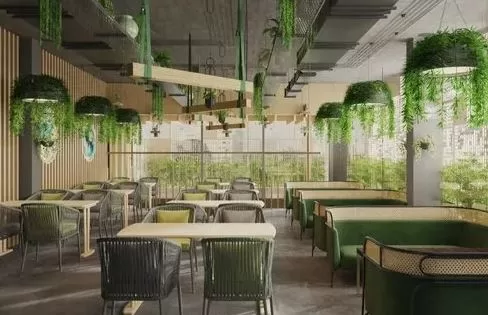
-
8. Sustainability and Eco-Friendly Design
Sustainable design practices are becoming increasingly important in the restaurant industry. Incorporating eco-friendly elements not only helps reduce the environmental impact but also appeals to eco-conscious consumers.
- Energy Efficiency: Use LED lighting and energy-efficient kitchen appliances to reduce electricity consumption.
- Sustainable Materials: Choose furniture and finishes made from reclaimed or sustainably sourced materials, such as reclaimed wood for tables or recycled metals for lighting fixtures.
- Waste Reduction: Design kitchens with proper waste disposal and recycling stations to minimize waste generation.
9. Technology Integration
Incorporating technology into the restaurant design can improve both customer experience and operational efficiency.
- Point-of-Sale Systems (POS): Modern POS systems should be integrated into the design, ensuring that servers can easily access them while minimizing clutter.
- Automated Reservations and Ordering: Some restaurants are adopting technology that allows customers to make reservations or place orders via mobile apps or touchscreen kiosks. The design should accommodate these systems without disrupting the flow of the space.
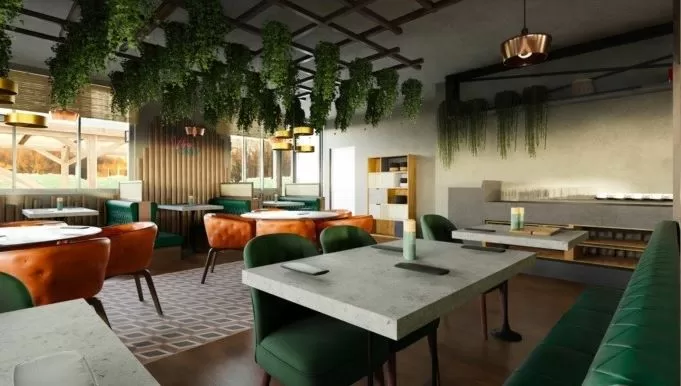
conclusion
A comprehensive restaurant design plan is essential for creating a space that is both visually appealing and operationally efficient. From space planning and seating arrangements to lighting, acoustics, and material selection, every element plays a role in shaping the customer experience and ensuring smooth operations. A well-designed restaurant not only enhances the dining experience but also maximizes efficiency, helping to drive the overall success of the business. Whether you are opening a casual café or a fine-dining establishment, thoughtful planning and design can make all the difference in achieving long-term success.
About Author sudeshna mukherjee
You May Also Like…
The Ultimate Guide to Hiring a Consultant Chef
Introduction Food trucks or mobile food trucks is an idea that has arrived. But, there is a issues with food safety in...
Food Safety Essentials: Addressing 5 Common Problems in Food Trucks
Introduction Food trucks or mobile food trucks is an idea that has arrived. But, there is a issues with food safety in...

